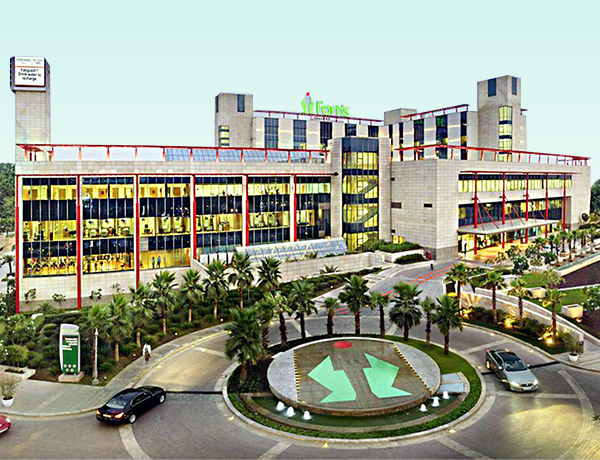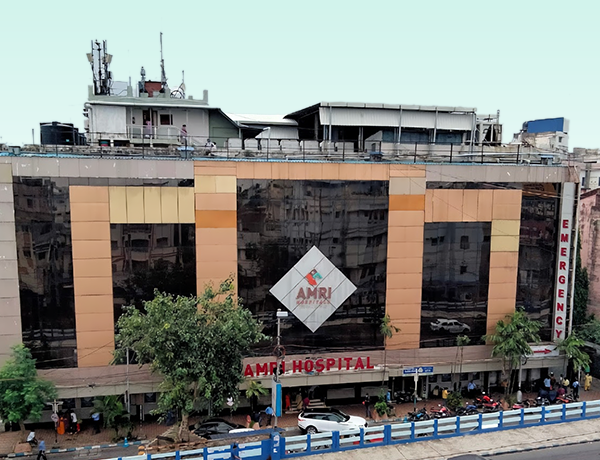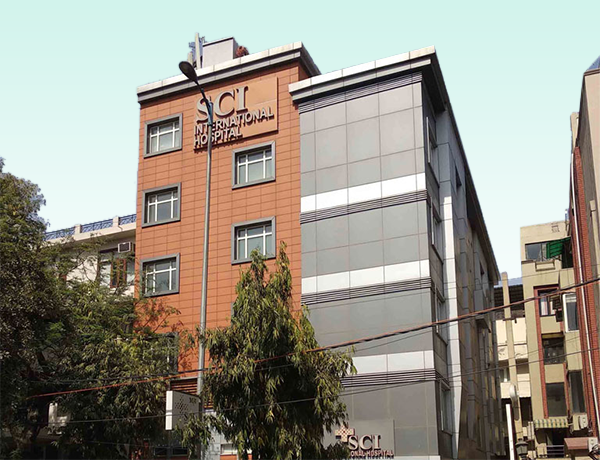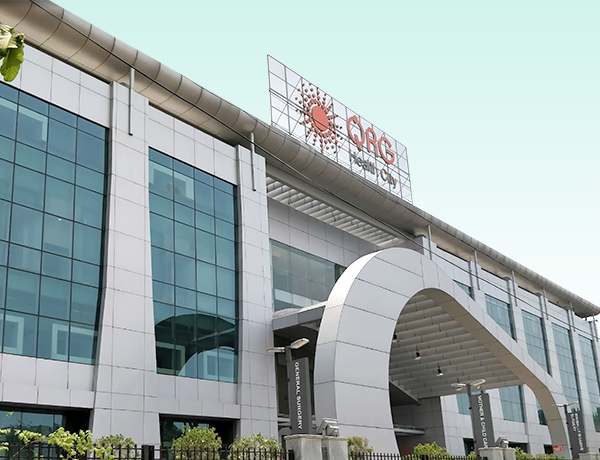Arthroscopic Debridement and Synovectomy
Arthroscopic debridement and synovectomy are surgical procedures commonly performed to treat various joint conditions, particularly in the knee. These minimally invasive procedures aim to remove damaged tissue, debris, and inflamed synovial lining from the joint, promoting healing, reducing pain, and restoring joint function. In this article, we will delve into the details of arthroscopic debridement and synovectomy, including who may benefit from them, the procedure itself, the road to recovery, risk management, and the associated benefits.

Who Needs Arthroscopic Debridement and Synovectomy
Arthroscopic debridement and synovectomy may be recommended for individuals experiencing persistent joint pain, swelling, stiffness, and reduced range of motion, primarily in the knee joint. These symptoms can be caused by various conditions, including osteoarthritis, rheumatoid arthritis, gout, or a previous injury. If conservative treatments such as medication, physical therapy, and lifestyle modifications fail to provide relief, your healthcare provider may suggest arthroscopic debridement and synovectomy as a viable option.
When to See a Specialist
If you are experiencing chronic joint pain, swelling, or limited mobility that affects your daily activities, it is advisable to consult a specialist. An orthopedic surgeon or a sports medicine specialist can evaluate your condition, perform diagnostic tests, and determine if arthroscopic debridement and synovectomy are suitable for you. They will consider your medical history, conduct a physical examination, and may request imaging tests, such as X-rays or magnetic resonance imaging (MRI), to assess the joint’s condition thoroughly.
Procedure
Anesthesia: Before the procedure, you will receive either general anesthesia, which puts you to sleep, or regional anesthesia, such as spinal or epidural anesthesia, which numbs the lower part of your body.
Incision and Arthroscope Insertion: The surgeon will make small incisions around the joint and insert an arthroscope, a thin tube equipped with a camera and light source, to visualize the joint’s interior.
Joint Examination: The arthroscope allows the surgeon to inspect the joint structures, including the articular cartilage, synovial lining, ligaments, and tendons. Any areas of damage, loose fragments, or abnormal synovial tissue will be identified.
Debridement: Using specialized surgical instruments inserted through additional small incisions, the surgeon will remove damaged tissue, loose cartilage, and any other debris from the joint. This process helps to alleviate pain and improve joint function.
Synovectomy: If the synovial lining is inflamed or overgrown, the surgeon will perform a synovectomy, which involves removing the diseased synovium. This step aims to reduce inflammation and prevent it from recurring.
Rinse and Closure: After completing the debridement and synovectomy, the surgeon will irrigate the joint with a sterile solution to remove any remaining debris. The incisions will be closed using sutures or adhesive strips, and a sterile dressing will be applied.
Road to Recovery
Following arthroscopic debridement and synovectomy, the recovery process typically involves several stages:
Hospital Stay: Depending on the complexity of the procedure and your overall health, you may be discharged on the same day or require a short hospital stay.
Pain Management: You will receive pain medication to manage post-operative discomfort. Applying ice packs and elevating the affected limb can also help reduce swelling and pain.
Rehabilitation and Physical Therapy: Physical therapy is a crucial component of the recovery process. Your healthcare provider will recommend specific exercises to restore joint strength, flexibility, and function. Gradually, you will be able to resume normal activities and sports.
Follow-up Appointments: Regular follow-up appointments with your surgeon will monitor your progress, assess the healing of the joint, and make any necessary adjustments to your recovery plan.
Risk Management
As with any surgical procedure, arthroscopic debridement and synovectomy carry some risks, including infection, bleeding, blood clots, nerve or blood vessel damage, stiffness, and limited improvement in symptoms. However, the risks are generally low, and complications are infrequent. To minimize these risks, it is crucial to follow your surgeon’s post-operative instructions diligently, maintain good hygiene, and attend all recommended follow-up appointments.
Benefits of Arthroscopic Debridement and Synovectomy
Arthroscopic debridement and synovectomy offer several benefits, including:
Minimally Invasive: Compared to traditional open surgery, arthroscopic procedures involve smaller incisions, resulting in less tissue damage, reduced scarring, and faster recovery times.
Pain Relief: By removing damaged tissue and inflammatory synovium, these procedures can significantly reduce joint pain and swelling, enhancing your overall quality of life.
Improved Joint Function: Debridement and synovectomy aim to restore joint function, allowing you to regain mobility, perform daily activities more comfortably, and potentially return to sports or physical activities.
Frequently Asked Questions
Are arthroscopic debridement and synovectomy appropriate for all joint conditions?
A: No, these procedures are typically recommended for specific joint conditions, such as osteoarthritis, rheumatoid arthritis, or persistent joint inflammation.
How long does it take to recover from arthroscopic debridement and synovectomy?
Recovery times vary depending on the individual, the joint involved, and the extent of the procedure. Typically, it may take several weeks to a few months to fully recover and return to normal activities.
Will I need physical therapy after the surgery?
Yes, physical therapy is an integral part of the recovery process. It helps to strengthen the joint, improve range of motion, and enhance overall functionality.
Are there any restrictions on activities after arthroscopic debridement and synovectomy?
A: Initially, you may need to avoid strenuous activities or sports that put excessive stress on the joint. Your healthcare provider will provide guidance on gradually reintroducing activities based on your progress.
Treatians As The Best Choice
Treatians understand that seeking medical treatment abroad can be a daunting experience for patients and their families. That’s why the company offers end-to-end support to its clients, from the initial consultation to post-treatment care. The company provides personalized treatment plans that are tailored to meet the individual needs of each patient, and its team of dedicated professionals is always on hand to provide guidance and support throughout the entire process. Contact us at +91-7982312582, drop your email [email protected]
- Trauma & intensive care
- Aged Care
- Community Services
- Diagnosis & Investigation
- Medical & Surgical
- Mental Health
- Rehabitation
- Specialised Support Service



















